Design & Build Project Teams
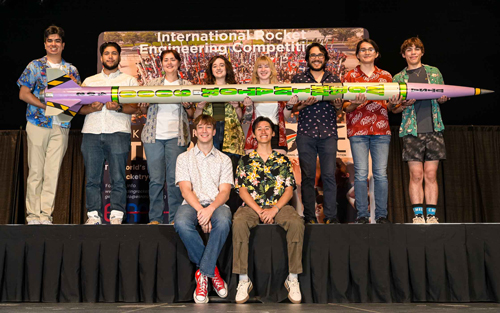
The Aeronautics and Rocket Club (ARC) at the University of Texas at San Antonio is a student-led organization committed to advancing knowledge, innovation, and enthusiasm in the fields of rocketry and aerospace. Since its founding in 2016, ARC has been a cornerstone of UTSA’s “Design-Build-Fly” initiatives—offering hands-on experience and fostering a collaborative learning environment for students passionate about spaceflight and engineering.
Connect with the ARC
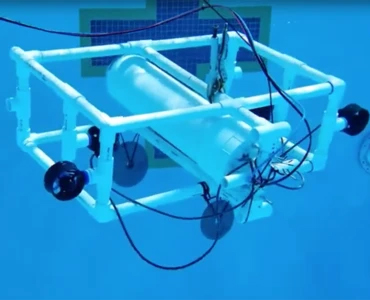
The Robosub international competition requires the design and construction of a fully autonomous underwater vehicle (AUV). The Aquabot team of Advance Robotics(AR-UTSA) is an active competitor and will be designing a feature-rich AUV to complete highly challenging and complex underwater tasks. An example of a prior competition was navigating and playing some games of a simulated underwater casino system to accumulate points. The project will require the Aquabot's team to have developed proficient skills in communication, mechanical design, computer science, and computer/electrical engineering.

Connect with Robosub
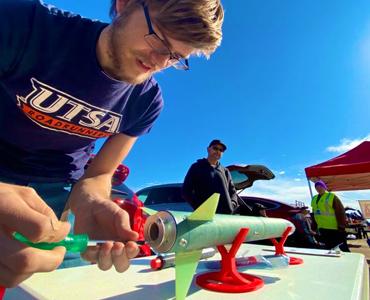
The NASA Student Launch Competition is a research-based, competitive, experiential exploration activity. It strives to provide relevant, cost-effective research and development of rocket propulsion systems. Advanced Robotics(AR) and Aeronautical/Rocket Club(ARC) at UTSA to collaborate in this national competition.
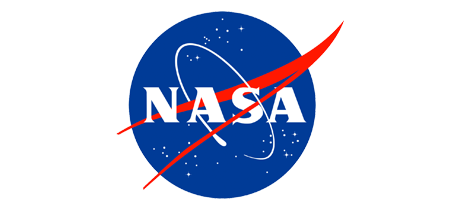
Connect with the NASA Student Launch Team
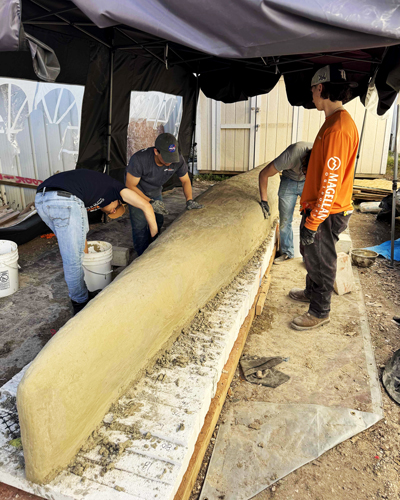
The ASCE National Concrete Canoe Competition (NCCC) challenges civil engineering students to create a full-size canoe made up entirely of concrete. It provides students with a practical application of the engineering principles they learn in the classroom, testing their knowledge of concrete mix design as well as skills in project management. ASCE-UTSA has participated in this competition, earning various awards and accolades.
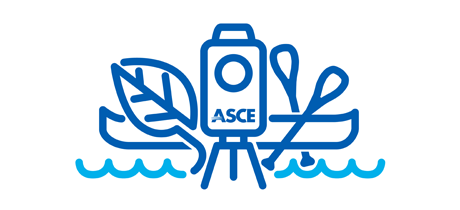
Connect with the Concrete Canoe Team
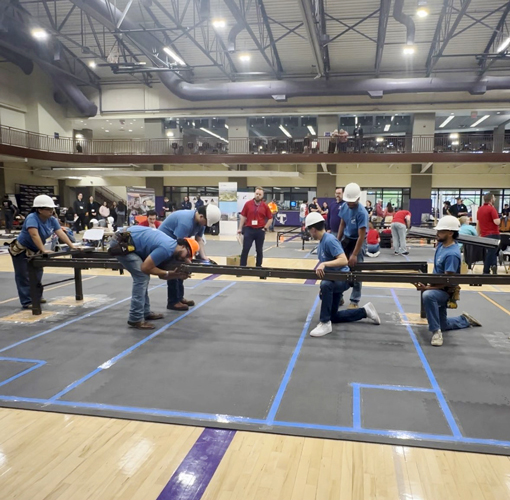
The Student Steel Bridge Competition (SSBC) challenges civil engineering students to design and fabricate a scale-model steel bridge. ASCE-UTSA has been an active participant in the steel bridge competition since 1989. Over the 20 years, UTSA has competed, we have brought home four first-place trophies for overall performance, as well as numerous category awards.
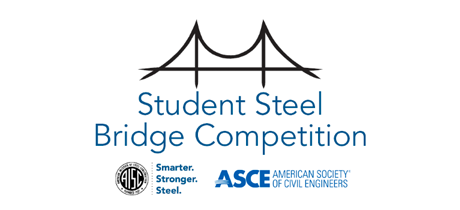
Connect with the Steel Bridge Team
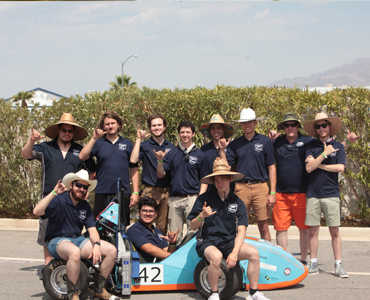
Formula SAE is an international collegiate design competition that challenges students to conceive, design, fabricate and race a small formula-style race car. Over 250 teams from around the world compete in at least one of the eight competitions which are held in the United States, the United Kingdom, Germany, Italy, Brazil, Australia, and Japan. There are very few restrictions on the design of the car, allowing students to express their knowledge, creativity, and imagination. The cars are judged in both static and dynamic events, which evaluate them in categories such as handling, performance, braking, endurance, manufacturability, design decision-making process, cost, and market strategy. In addition to competing in a world-class competition, dedicated young engineers gain valuable experience on the most relevant, team-oriented engineering project available to students. UTSA’s interdisciplinary team includes mechanical engineers, graphic design artists, and MBAs.


